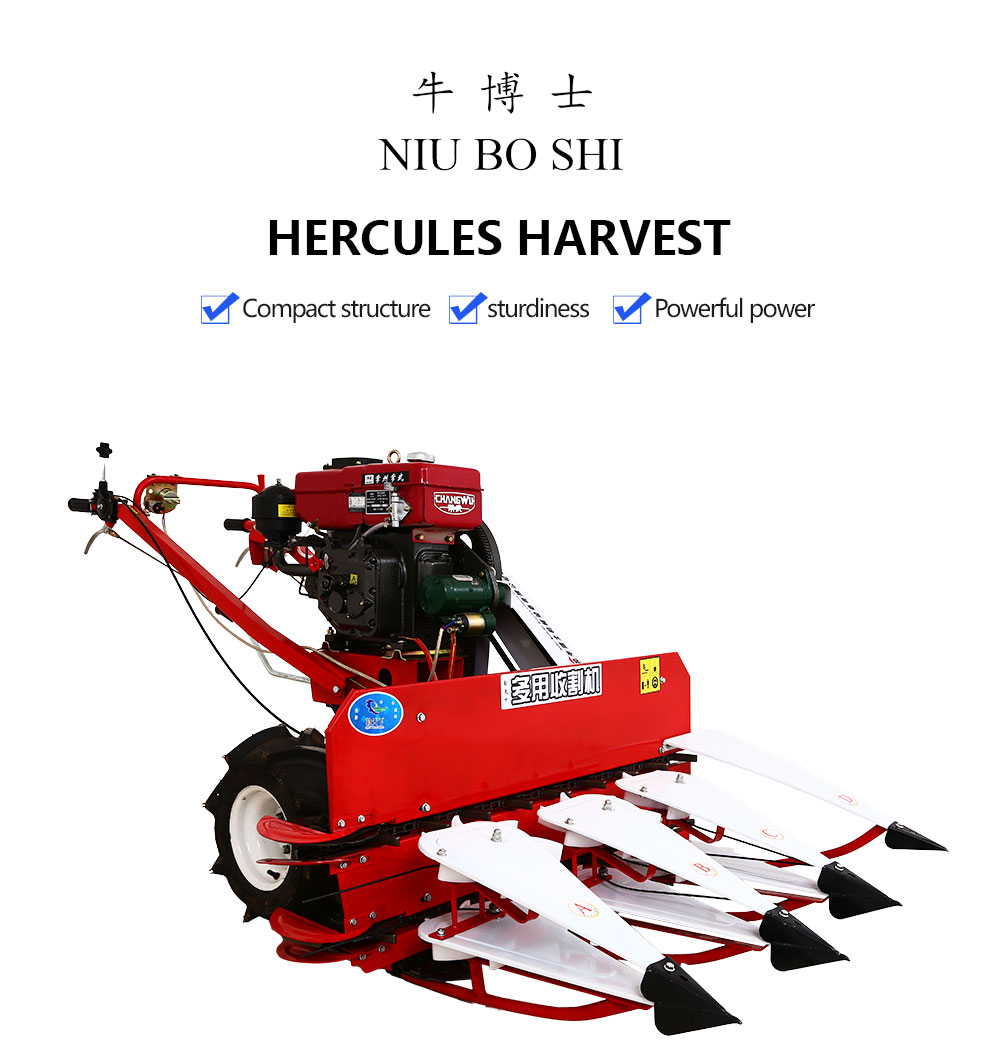grain harvester
The Evolution of Grain Harvesters Enhancing Agricultural Productivity
Grain harvesters, an essential piece of machinery in modern agriculture, have revolutionized the way farmers collect crops. From their humble beginnings as simple hand tools to the advanced combines of today, the evolution of grain harvesters reflects advancements in technology and the growing demands of the agricultural sector.
In ancient times, harvesting grains was a labor-intensive process. Farmers relied on hand tools like sickles and scythes to cut down crops manually. This method was not only time-consuming but also required a significant workforce, limiting the amount of land that could be harvested in a given time. As populations grew and the demand for food increased, there was a pressing need for more efficient harvesting methods.
The first significant leap in harvesting technology came in the early 19th century with the introduction of the reaper. Invented by Cyrus McCormick in 1831, the mechanical reaper could cut and gather grain much faster than any human laborer. This invention laid the groundwork for subsequent innovations in harvesting technology. The reaper significantly increased the efficiency of harvest operations, allowing farmers to cultivate larger areas of land and ultimately contributing to increased food production.
As the 20th century approached, the introduction of the combine harvester marked another significant milestone. Functioning as a versatile piece of equipment, the combine could reap, thresh, and winnow all in one pass, effectively combining multiple harvesting processes. This innovation transformed grain harvesting by drastically reducing the time and labor required to collect crops. Farmers could now harvest vast fields in a fraction of the time it would have taken with earlier methods.
grain harvester

Today, grain harvesters are equipped with advanced technology that enhances their efficiency and productivity
. Modern combines are outfitted with GPS and precision agriculture tools that optimize field mapping, monitor crop yields, and allow for better planning of harvest strategies. This technology not only maximizes efficiency but also minimizes waste, leading to more sustainable farming practices.Moreover, advancements in data analytics allow farmers to collect and analyze information about their harvested crops, helping them make informed decisions. This data-driven approach enables farmers to optimize their resource use, improving both yields and profitability. The integration of robotics and artificial intelligence is also on the rise, with autonomous grain harvesters being developed, which could further reduce the need for manual labor while increasing precision in harvesting operations.
Despite these advancements, the issue of sustainability remains at the forefront of agricultural practices. As climate change continues to pose challenges to food security, the development of more efficient grain harvesters can help mitigate some of these effects. By enabling farmers to harvest crops more sustainably and effectively, the agricultural sector can better adapt to changing environmental conditions.
In conclusion, the journey of grain harvesters from manual tools to sophisticated machinery illustrates the remarkable progress in agricultural technology. As we look ahead, the continued innovation in grain harvesting technology will play a crucial role in meeting the global food demands while ensuring sustainable farming practices. The future of grain harvesting is bright, driven by technology and an unwavering commitment to improving agricultural efficiency for generations to come.
Latest news
-
When to Upgrade Your Old Forage HarvesterNewsJun.05,2025
-
One Forage Harvester for All Your NeedsNewsJun.05,2025
-
Mastering the Grass Reaper MachineNewsJun.05,2025
-
How Small Farms Make Full Use of Wheat ReaperNewsJun.05,2025
-
Harvesting Wheat the Easy Way: Use a Mini Tractor ReaperNewsJun.05,2025
-
Growing Demand for the Mini Tractor Reaper in AsiaNewsJun.05,2025







